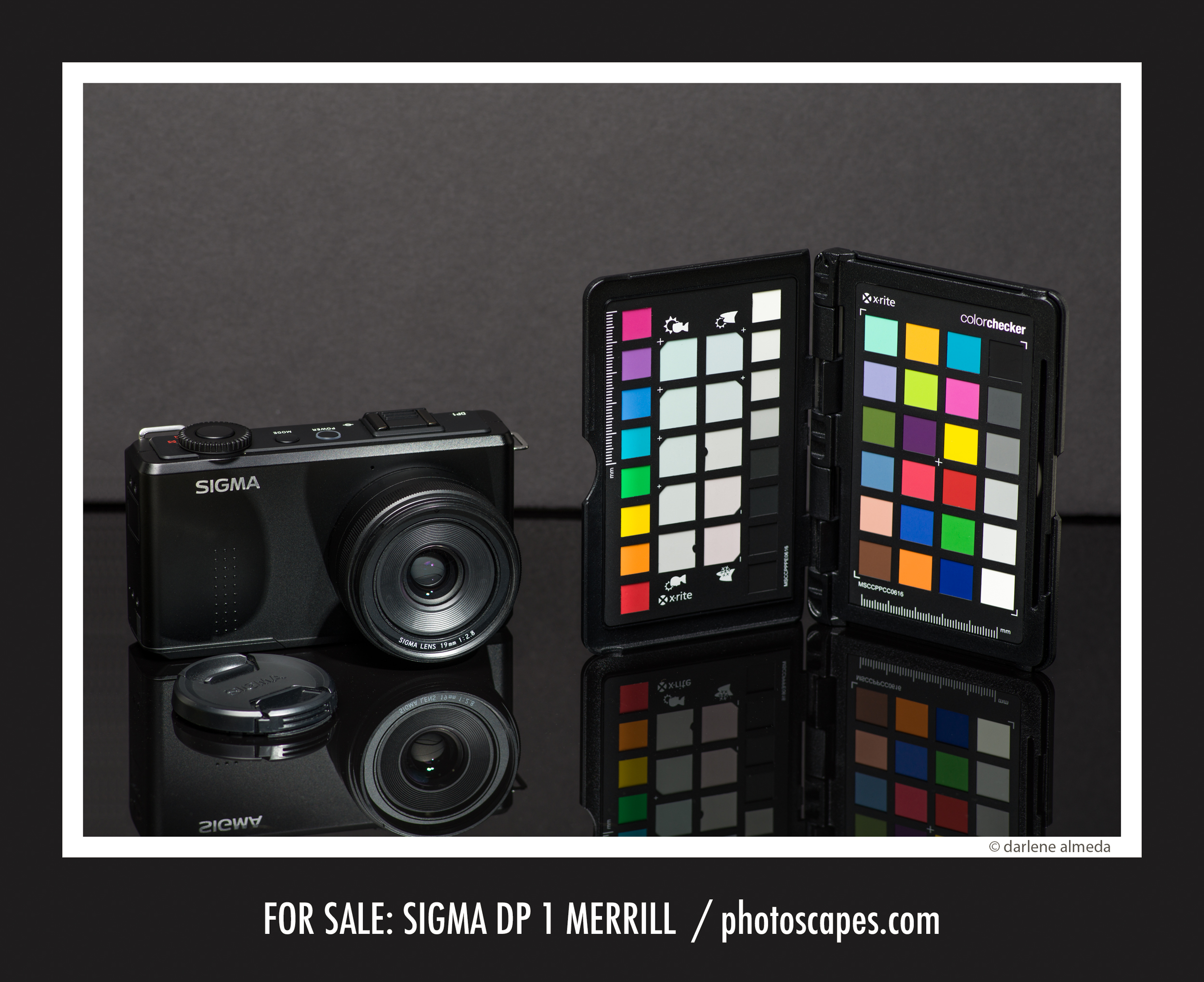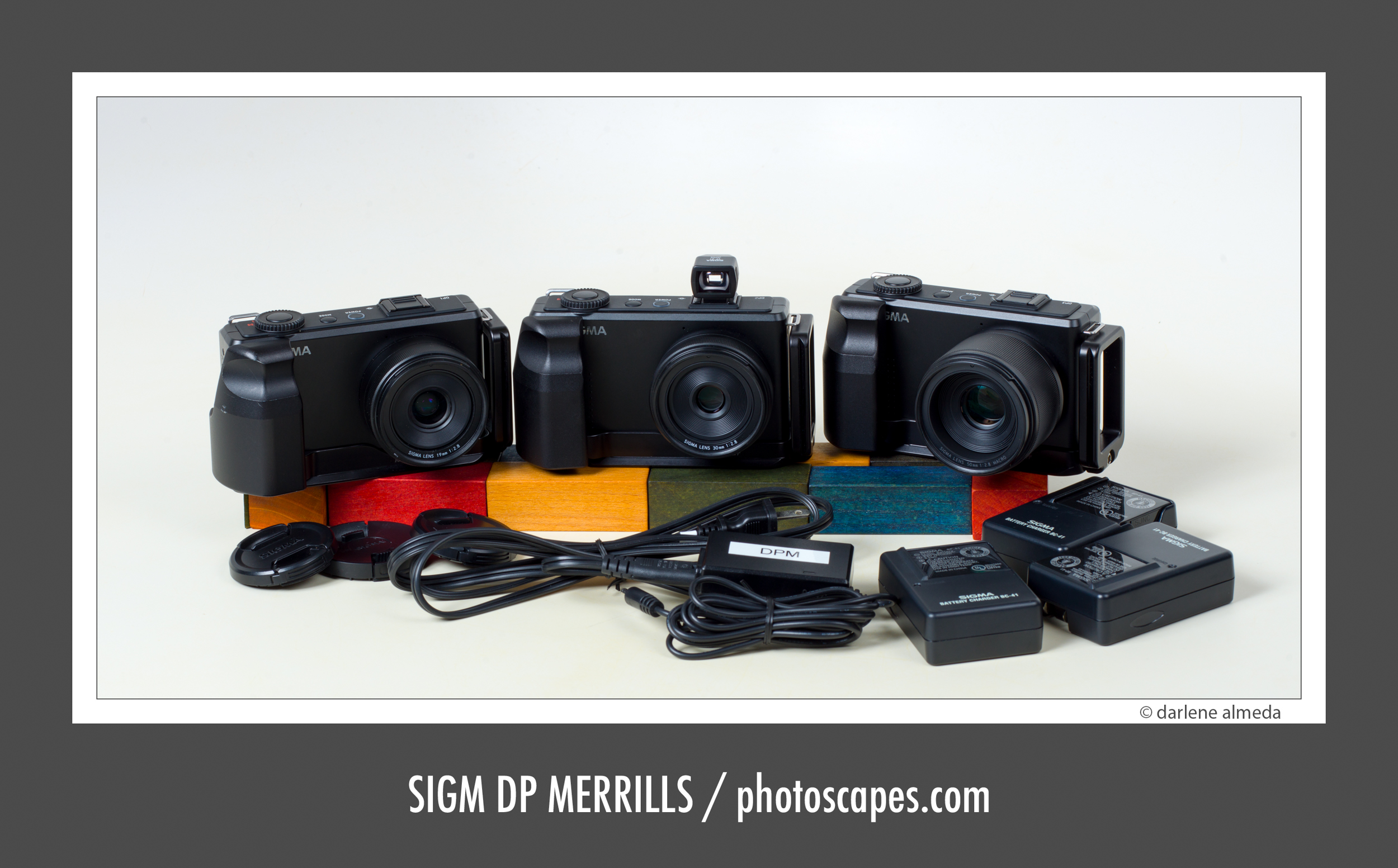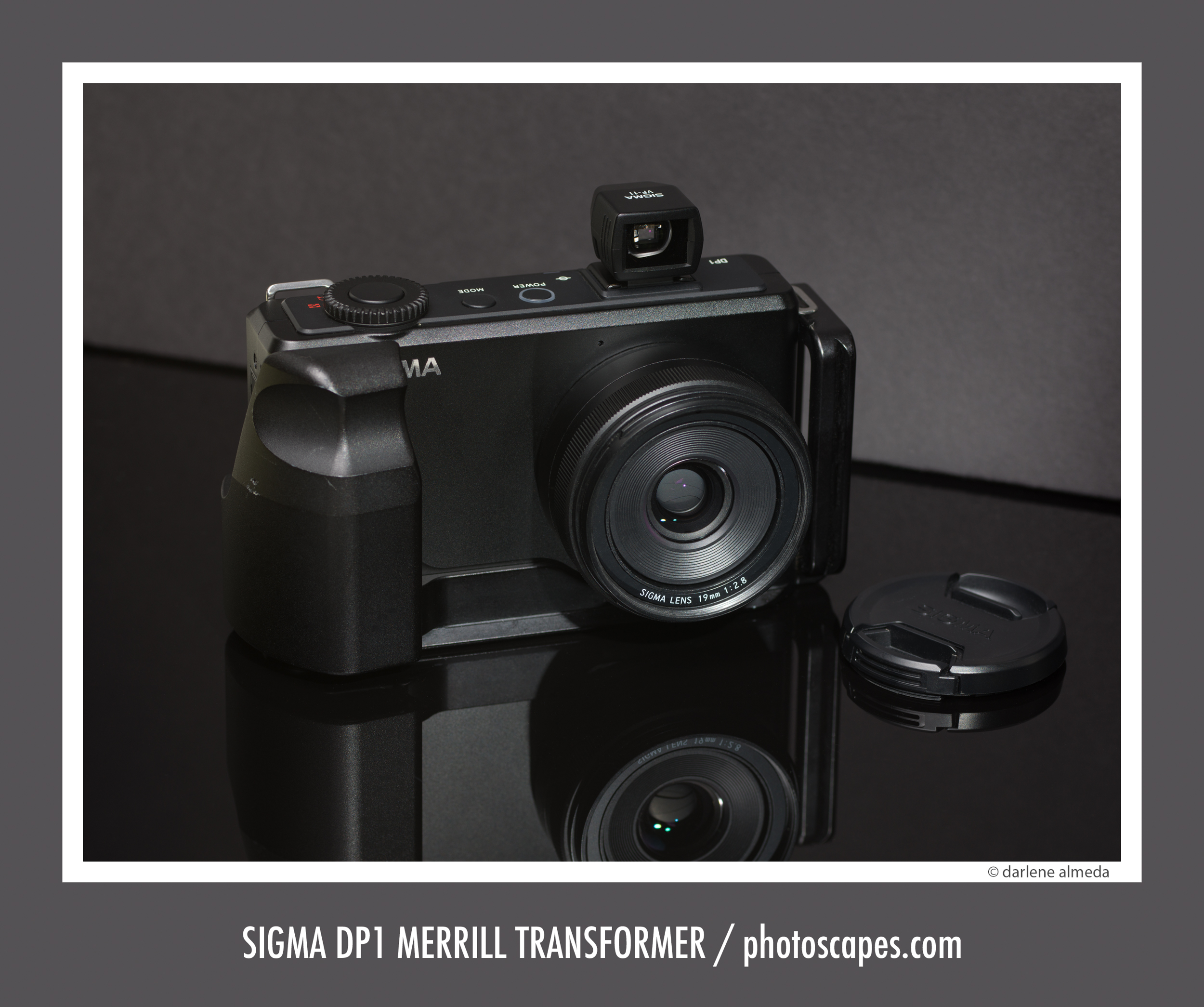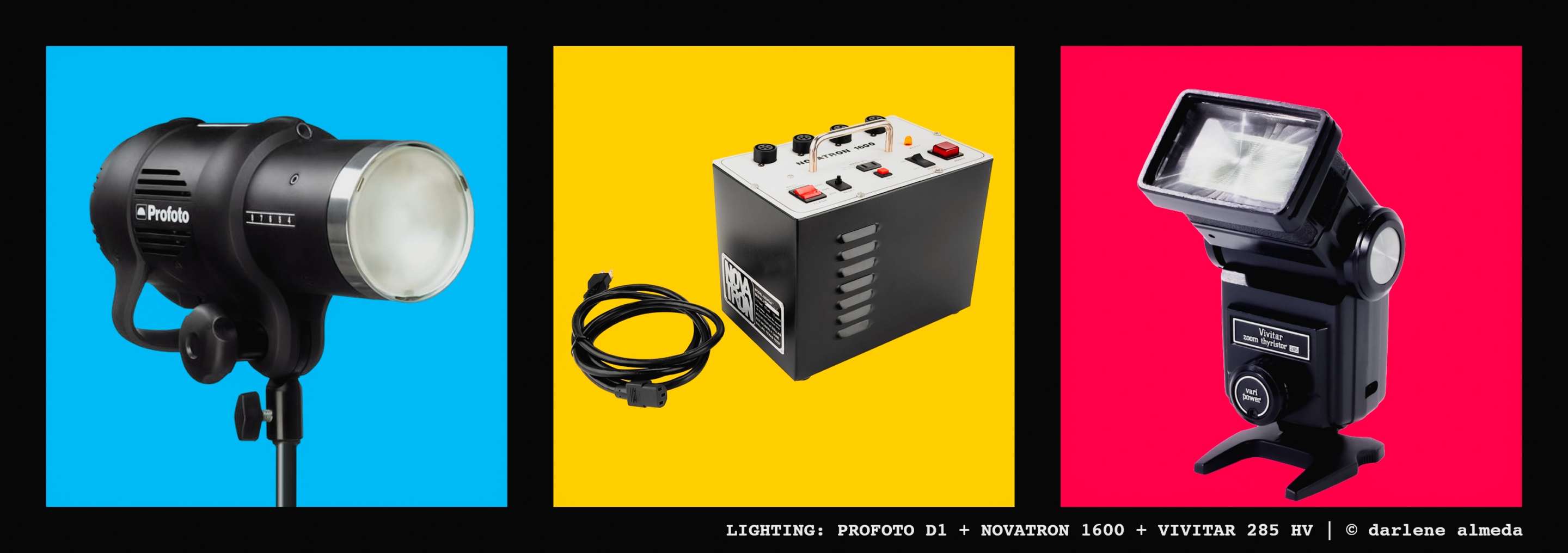
LIGHTING: PROFOTO D1 + NOVATRON 1600 + VIVITAR 285HV
SEEING LIGHT
Light is inseparable from photography. If you devote yourself to understanding how it shapes the way we perceive people, places, and things, you’ll become a far better photographer. Learning to see light is a lifelong pursuit—one worth embracing wholeheartedly. If studying how others capture or interpret light doesn’t excite you—whether through a photographer’s lens or an artist’s brush—then photography may not be your truest calling. And that’s perfectly fine. But if you are drawn to it, light will become your lifelong obsession—the thing you chase most in every frame you make.
In this section, I’ll share what a studio and studio lighting mean to me: the equipment I use and how I make the most of my small workspace. Though my current setup is modest, my professional experience spans decades of lighting in commercial studios, on-location studio setups, environmental mixed-lighting techniques, and classroom instruction in studio lighting. As a teacher of studio lighting, my advice is to begin by simply observing how light behaves in front of your camera. Start with window light.
Before I ever studied advertising photography formally, that’s how I learned. I was a student in New York City on a tight budget, attending the School of Visual Arts and working at ad agencies. I disliked the city’s chaos, but my apartment had one saving grace—a large window that flooded the room with beautiful afternoon light. I used a high-back kitchen chair as a stage, draping different fabrics from my wardrobe down the back and into the seat, where I placed small objects to photograph. I wasn’t just making pictures; I was teaching myself to see light.
That simple exercise was the beginning of everything. It trained my eyes to notice how light wraps, falls, and changes with time. Start there, and you’ll soon learn not just to see light—but to shape, mimic, and control it with intent.
MY HISTORY WITH STUDIO & LIGHTING GEAR
BACKDROPS:
Blue/Green Screens, Colored Paper, Custom Painted Canvases, Denny Manufacturing, Dyed Muslin, Plastic Sheeting, Westcott, more
LED LIGHTING:
Fotodiox Pro Prizmo Globe, more
LIGHT MODIFIERS:
Calumet, Impact, Matthews, Photoflex, Profoto, Westcott, more
LIGHTING ACCESSORIES:
Beauty Dish, Cookies, Flags, Gobos, Grids, Mirrors, Optical Snoots, Phottix Wireless Flash Triggers, Scrims, Slaves, Softboxes, Umbrellas, Wein Peanut Slave, more
OTHER:
Product Tables, Seamless Tabletop Cyclorama, Studio Toolboxes, more
SPEEDLIGHTS:
Metz, Nikon, Sunpack, Vivitar 283 & 285HV, more
STROBE LIGHTING:
Norman, Novatron, Photogenic, Profoto D1 500 Air, Speedtron, more
STUDIO/LIGHT STANDS:
Bogen, Impact, Majestic, Matthews, Profoto, more
LEARNING TO LIGHT
FROM BASEMENT STUDIO TO ON-LOCATION MASTERY
I received my formal training in studio lighting at Portfolio Center in Atlanta—now part of the Miami Ad School. Looking back, it was the best kind of education I could have asked for. After the first semester, we were each given a tiny shared space in the basement. No frills, just a room, a light, and the responsibility to make something happen.
WHY THAT BASEMENT WAS THE BEST EDUCATION
It taught self-reliance. Instructors were busy upstairs, and while advanced students might offer the occasional tip, they were deep in their own demanding projects. Portfolio Center didn’t claim to “teach talent”—they expected you to bring it. What they offered was refinement: structure, critique, and room to grow.
MY VIEW ON TALENT
I believe talent starts with the desire to learn. That’s the foundation. What sets people apart is the willingness to develop it over a lifetime. If you truly love your craft, you form a lasting bond with it. It’s like a marriage—you work at it. And if you don’t love it enough, that marriage may not be what you hoped for.
CAREER BEGINNINGS and ON-LOCATION WORK
After school, my photography career gained momentum. Most of my assignments were on location, which meant packing up a full studio and hitting the road. I had a small studio space for portraits, but the real challenge—and thrill—came from lighting unfamiliar places.
That early basement experience paid off. I learned that you don’t need a lot of space unless your subject demands it—and when it does, you’ll need more light. A working studio, whether in a building or a conference room, is a dark cave. Our job as photographers is to bring the light.
WHY LIGHTING MATTERS EVEN MORE on the ROAD
When your income depends on mobile setups, lighting can’t be an afterthought. Unlike a fixed studio where conditions are controlled, on-location shoots are unpredictable. You never know what you’ll walk into—an office, a church, a theater, a trade show. There’s no luxury of second chances, and no one cares if the space was hard to work with. The results have to speak for themselves.
And they must never look like “just flash.” If your lighting feels generic, it undermines your work. In this profession, your images are your resume. Done right, lighting can elevate your portfolio. Done poorly, it can work against you.
My journey with lighting has taken me from a tiny basement studio to every kind of location imaginable. The tools may have changed, but the core lesson remains the same: bring the light, shape it with purpose, and let the work speak for itself.
LIGHTING TECHNIQUES
INTRO
This space is reserved for me to briefly explain a lighting technique that will be referenced (linked) within an article or post. They will add up over time.
DRAGGING THE SHUTTER
“Dragging the shutter” isn’t the oversimplified definition you sometimes hear online—no, it’s not just “using a slower shutter speed.” Come on. There’s far more intention behind it.
I relied on this technique most when shooting location portraiture—weddings, in particular—using speedlights. At events like these, you’re responsible for producing beautiful images for the bride, groom, and families, and lighting is everything. But you also can’t let gear or setup slow you down. You need a method that respects the client’s time, handles unpredictable locations, and works efficiently with the equipment you’ve brought.
This is where a system like a Hasselblad with leaf-shutter lenses really shines, especially for film work.
Here’s the workflow:
- Choose your aperture for the depth of field needed to keep everyone sharp.
- Meter the background at that f-stop and note the shutter speed.
- Set your flash to one stop brighter than your lens aperture.
- Set your shutter to the background’s meter reading.
- Shoot.
You’re “dragging the shutter” because the shutter speed is now independent of the flash exposure—typically slower than normal flash sync—to let in more of the ambient environment. The flash freezes your subjects; the longer shutter balances the background. It’s fast, elegant, and incredibly effective in the field, whether shooting speedlights or strobes.
MY STUDIO TODAY
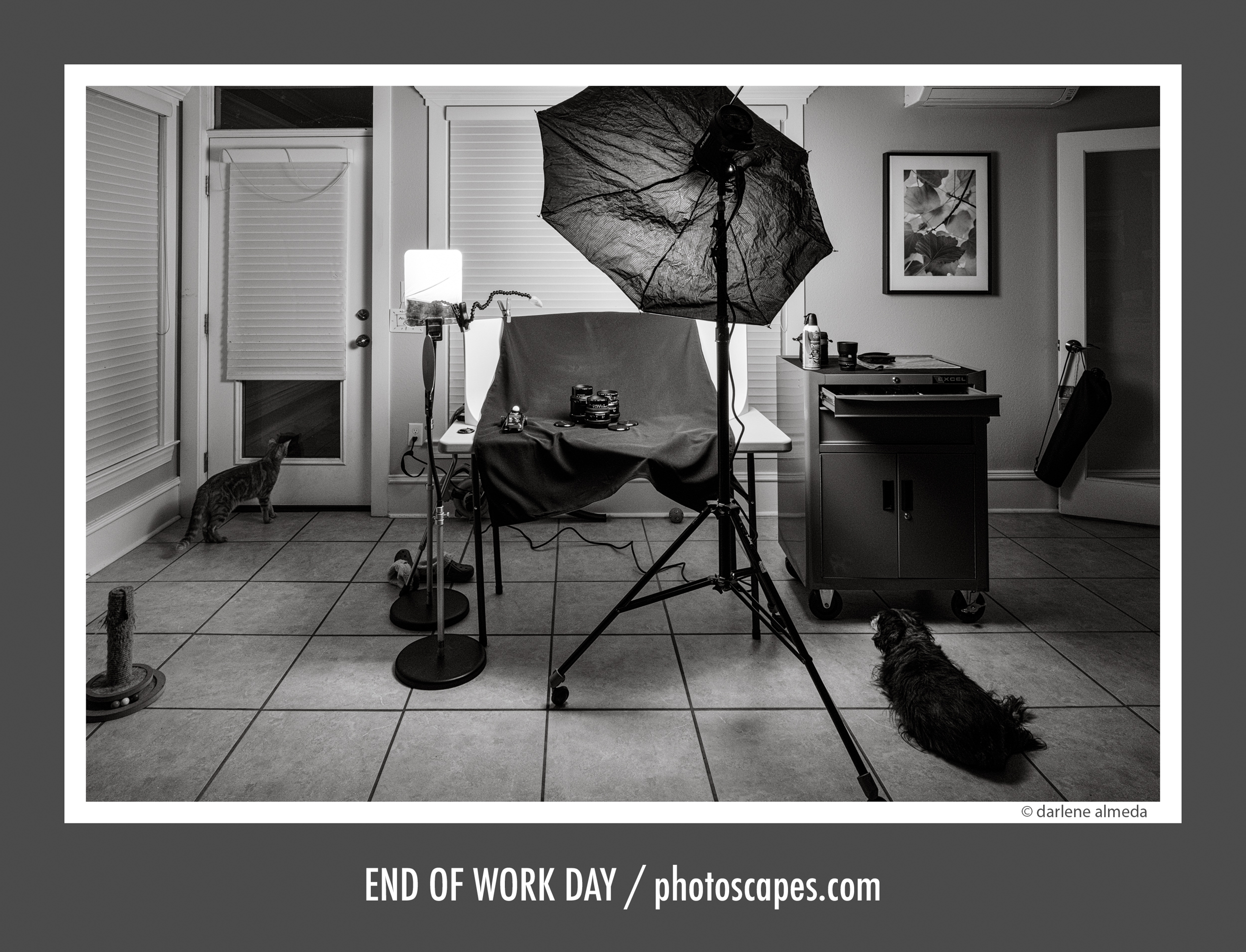
STUDIO SPACE AT END OF DAY
For the past two decades, I’ve used Profoto D1 500 Air strobes for most of my studio work. Since I typically shoot in a compact space, the 500-watt model is more than sufficient. When I built my studio, I worked with a licensed electrician to ensure the wiring could handle the load. Still, I’ve occasionally tripped a breaker when plugging more than one light into the same outlet. Lesson learned: as long as I spread the load out, everything runs smoothly—but older buildings are a different story.
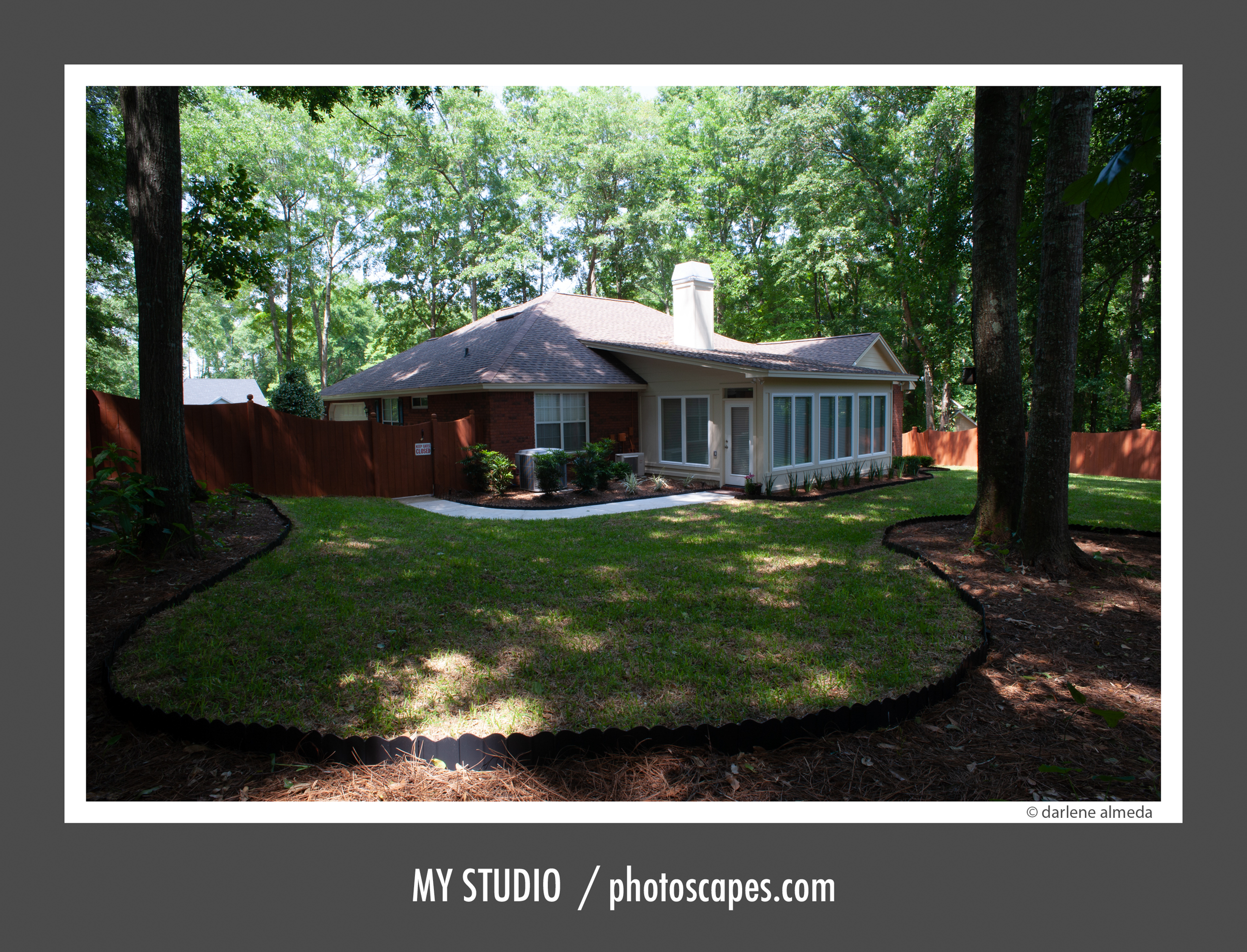
THE STUDIO I HAD BUILT ONTO MY HOME
Take my friend’s historic railroad depot, now converted into a theater. The wiring there is… let’s just say delicate. I only use speedlights when working on location in that space, as I’m certain my Profotos would trip a fuse—or worse, bring the show to a halt. As photographers, we have to consider more than just our gear. Even if you own the Cadillac of lighting equipment, it’s worthless if the building’s electrical system can’t support it.
PROFOTO ACCESSORIES

PROFOTO AIR REMOTE + BEAUTY DISH + HONEYCOMB GRID
Over the years, I’ve collected a variety of Profoto modifiers and accessories that I’ve enjoyed using in both my personal studio and the classroom. The last school I taught at also used Profoto D1s, which made transitioning between teaching and shooting seamless. The beauty dish remains one of my favorite tools, especially for teaching portraiture.
And the honeycomb grid—always nice to have on hand when you’re designing dramatic lighting for a product ad. It allows for controlled, directional light and beautiful falloff. Since I started my lighting journey long before things like the Profoto Air Remote existed, you can believe how much I appreciate that little device now. But I’ll always have a soft spot for the days of tiny Wein “Peanut” slaves and Vivitar 285HV speedlights—they were darlings in their time.
I could list many others, but we’d be here all day.
Instead, I plan to gradually add articles to this site covering lighting setups and techniques that have worked for me in real-world scenarios. While it won’t be a traditional classroom experience, I’ll provide practical checklists and step-by-step guidance that I’ve relied on in my own work. This site will continue to grow over time—so check back often if studio lighting is part of your photographic journey.

